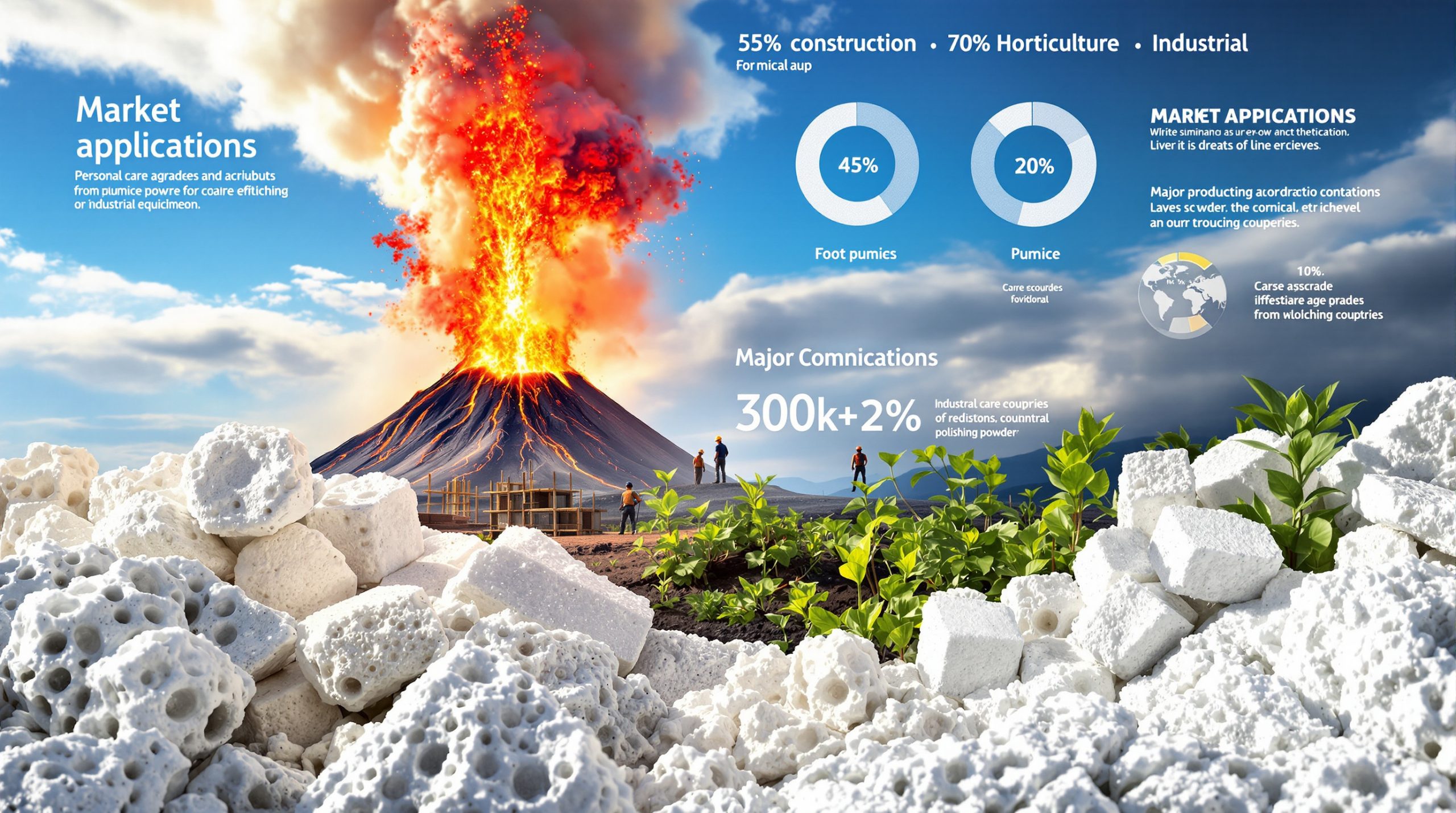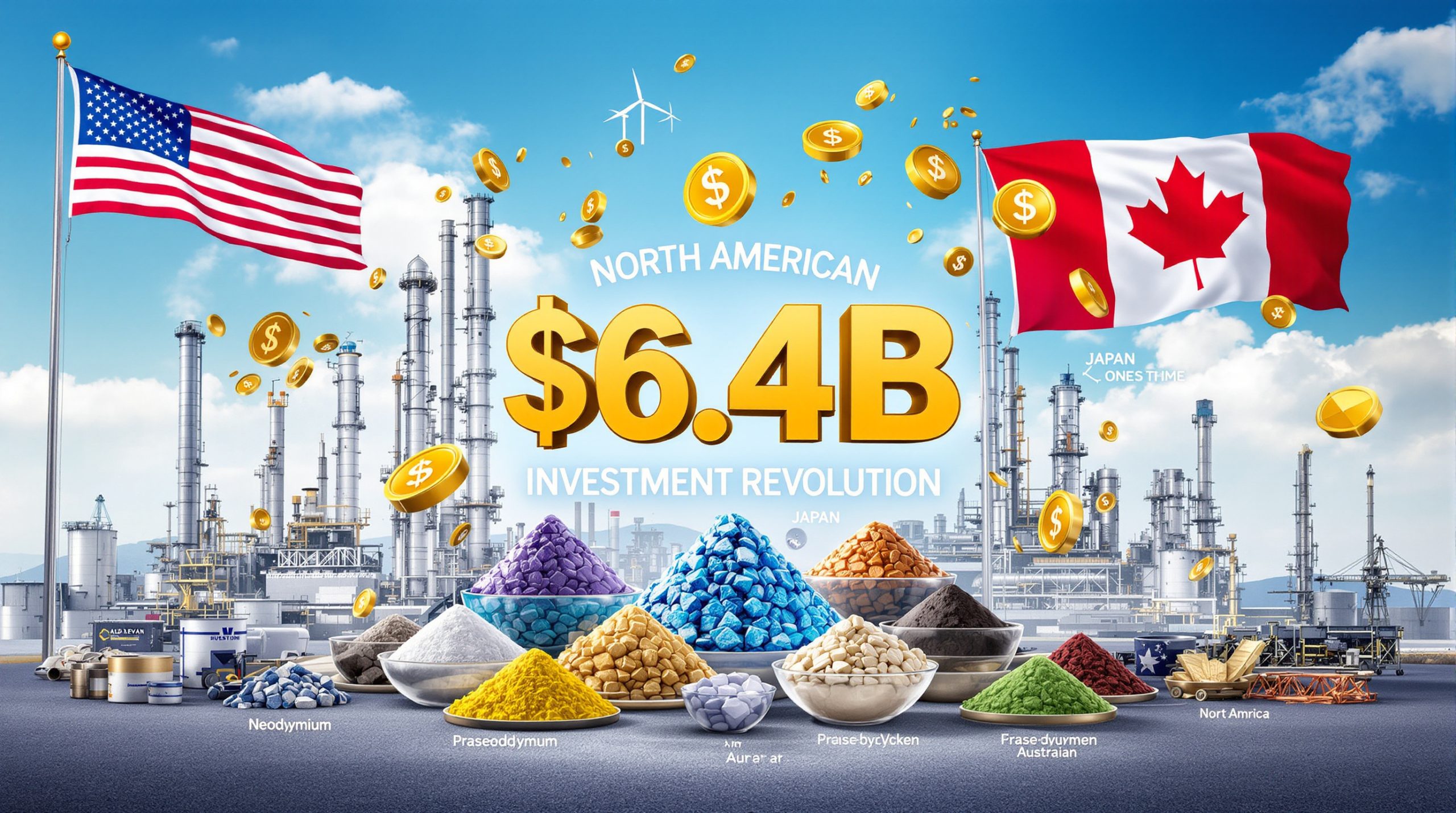Strategic Partnership Reshapes Global Critical Minerals Supply Chains
In an era of intensifying global supply challenges, the Trump and Australia critical minerals deal signals a bold shift towards reducing dependence on China. This transformation aligns with critical minerals demand, as industry leaders underscore vulnerabilities in existing frameworks.
Understanding Critical Minerals and Their Strategic Importance
The Foundation of Modern Technology
Critical minerals such as rare earth elements, lithium, cobalt, and gallium are the backbone of advanced manufacturing, defence systems, and clean energy technologies. Furthermore, these elements support semiconductors, electric vehicle batteries, and renewable energy projects. Their role in empowering modern society is undeniable.
Current Global Market Dynamics
Global rare earth reserves are highly concentrated, with China commanding a significant share. This disparity has led to pressing alternatives, as seen with the growing mining industry evolution. Moreover, shifting global conditions coupled with the US–China trade impact amplify these vulnerabilities.
China's Comprehensive Market Dominance Strategy
Mining and Processing Control
China’s dominance is rooted in decades of strategic investment. The nation controls approximately 69% of global rare earth mining capacity and 90% of refining operations. As a result, Western nations face significant challenges when attempting to develop their own processing facilities.
Manufacturing Integration Advantages
Beyond raw material extraction, China leads in the production of critical components. For instance, it produces 98% of global permanent magnets. This downstream integration bolsters China’s competitive cost advantages and underlines the sophisticated synergy between mining and manufacturing.
Comprehensive Partnership Framework Details
Financial Commitments and Investment Structure
The deal outlines an investment framework of $8.5 billion. It includes immediate U.S. project funding of $3 billion and the prospect of unlocking deposits valued at $53 billion in Australian territories. Furthermore, detailed projections create investor confidence in emerging alternatives.
Flagship Infrastructure Development Projects
Key projects include the Alcoa-Sojitz Gallium Recovery Project, which targets 10% of global gallium supply in Western Australia. Another is the Arafura Nolans Rare Earths Project in Australia’s Northern Territory, with $100 million in government backing. These initiatives aim to address supply vulnerabilities in defence and semiconductor applications.
Presidential Commitments and Timeline Projections
Analysts note that Trump’s critical minerals order foreshadows regulatory approvals rather than immediate production boosts. Experts expect that the initial phase could take up to one year before operational clarifications emerge. Additionally, a recent article on economic implications highlights the broader fiscal stakes of these projects.
Priority Mineral Targeting Strategy
Vulnerability Assessment and Strategic Focus
Analysts identify samarium, graphite, lutetium, and terbium as minerals most at risk from export limitations. This priority targeting is vital for reducing dependency on China.
Key vulnerable sectors include:
• Defence system components
• Thermal management in electronics
• Medical imaging tools
• Advanced lighting and green energy applications
Gallium Processing Breakthrough
The proposed Western Australia gallium refinery is designed to process 100 metric tonnes per year. It aims to break China’s hold on integrated gallium processing, a critical bottleneck in semiconductor and defence applications. This approach could significantly alter current supply chain dynamics.
Development Timeline and Realistic Expectations
Extended Development Requirements
Experts estimate 5–7 years for initial operations and 8–10 years for full-scale production. These projections account for the complex technical and regulatory challenges inherent in rare earth processing. Each phase will require meticulous planning and sustained capital investment.
Infrastructure and Expertise Development Challenges
Key challenges include:
• Securing environmental permits
• Developing a specialised workforce
• Constructing modern refining facilities
• Facilitating effective technology transfer
• Establishing robust market relationships
• Ensuring regulatory compliance
These factors underscore the long-term nature of the investment.
Economic Vulnerability Analysis
Supply Disruption Impact Assessment
Research from leading financial institutions shows that even a 10% disruption in rare earth supplies could incur losses of $150 billion in affected industries. This statistic reinforces the urgency of building resilient supply chains. Transitioning away from concentrated sources is critical for sustained economic stability.
Market Concentration Risks
The heavy concentration of mining capabilities in one region poses systemic risks. Consequential price volatility and supply delays affect sectors as diverse as semiconductors and renewable energy. Mitigating these risks will require strategic diversification and enhanced supply chain management.
Chinese Strategic Response and Countermeasures
Export Control Implementation
China has extended export controls by adding dozens of refining technologies to its controlled lists. Consequently, foreign producers who rely on Chinese materials must comply with stringent regulations. This approach effectively extends China’s influence over global supply chains.
Regulatory Extension Strategy
These new controls exemplify China’s efforts to maintain its competitive edge. By influencing regulatory standards overseas, China shapes market conditions to its advantage. This extraterritorial reach deepens the challenges for nations seeking to establish independent processing facilities.
Broader Alliance Building and International Cooperation
Multi-Nation Diversification Approach
The U.S. has expanded critical minerals cooperation beyond Australia by engaging with Japan, Malaysia, Thailand, Vietnam, and Cambodia. This multi-nation approach aims to achieve:
• Geographic diversification
• Multiple processing hubs
• Cross-border technology sharing
• Reduced geopolitical vulnerabilities
Domestic Production Enhancement
Simultaneously, the United States is exploring domestic rare earth production enhancements. Measures include establishing strategic reserves and supporting mining companies with tariff protections. This dual approach integrates international partnerships with homegrown capability development.
Success Probability and Competitive Challenges
Realistic Impact Assessment
The Trump and Australia critical minerals deal is a crucial step towards diversifying global supply chains. However, sustained success depends on long-term funding, innovative technology transfer, and steadfast commitment. These factors must overcome entrenched competitive advantages in established markets.
Competitive Disadvantages and Barriers
Western projects face challenges such as:
• Higher operational labour costs
• Strict environmental regulations
• Limited specialised technical expertise
• Pre-established supplier networks with China
Overcoming these obstacles requires persistent investment and ingenuity.
Market Price Implications and Investment Opportunities
Price Dynamics and Market Evolution
Increased competition in rare earth supply chains may eventually moderate prices. Initially, infrastructure investments are expected to drive up costs. Investors and industry stakeholders must remain patient as alternative supplies gradually bolster market stability and reduce long-term pricing pressures.
Investment Risk Considerations
Potential investors should assess:
• Extended development timelines
• Capital-intensive processing facilities
• Uncertain demand patterns
• Competitive responses from established players
This measured approach is crucial for navigating the inherent risks of the sector.
Geopolitical Strategy and Defence Implications
National Security Considerations
Critical minerals are indispensable for modern military systems. They are used in missile guidance, radar systems, and advanced communications. Securing independent supply chains is thus a strategic imperative for national defence. Enhanced security protocols further underscore the urgency of this transformation.
Alliance Strengthening Through Resource Security
The U.S.-Australia partnership, bolstered by initiatives like the AUKUS trilateral agreement with the United Kingdom, reinforces resource-based alliances. Such frameworks promote mutual security and economic collaboration. They also provide a robust strategic framework for multilateral cooperation.
Environmental Sustainability and Innovation Opportunities
Sustainable Mining Practice Standards
Australian mining is known for stringent environmental compliance. These high standards set benchmarks for global responsible mining practices. Incorporating sustainable methods ensures minimal ecological disruption while securing critical resources. The emphasis on responsible extraction plays a pivotal role in long-term industry stability.
Processing Technology Innovation
Investments in new refining technologies are driving innovations in efficiency and environmental performance. Research focuses on:
• Cleaner chemical processing
• Waste reduction strategies
• Energy-efficient operations
• Automated quality control
In addition, modern waste management solutions are integral to minimising environmental footprints.
Long-Term Strategic Implications and Market Transformation
The Trump and Australia critical minerals deal marks a transformative phase in global resource management. It is now clear that long-term success depends on technological breakthroughs, environmental stewardship, and cohesive international policies. This partnership—echoing robust political will and economic resolve—challenges existing norms and paves the way for industry renewal.
Furthermore, the agreement encourages innovation across supply chain management, pricing mechanisms, and strategic alliances. As geopolitical landscapes evolve, the sustained impact of the Trump and Australia critical minerals deal will be pivotal in redefining resource independence.
Ready to Capitalise on Critical Minerals Investment Opportunities?
Discovery Alert's proprietary Discovery IQ model delivers real-time notifications on significant ASX mineral discoveries, empowering subscribers to identify actionable opportunities in critical minerals and other commodities ahead of the broader market. Begin your 30-day free trial today and secure your market-leading advantage in this rapidly evolving sector.




